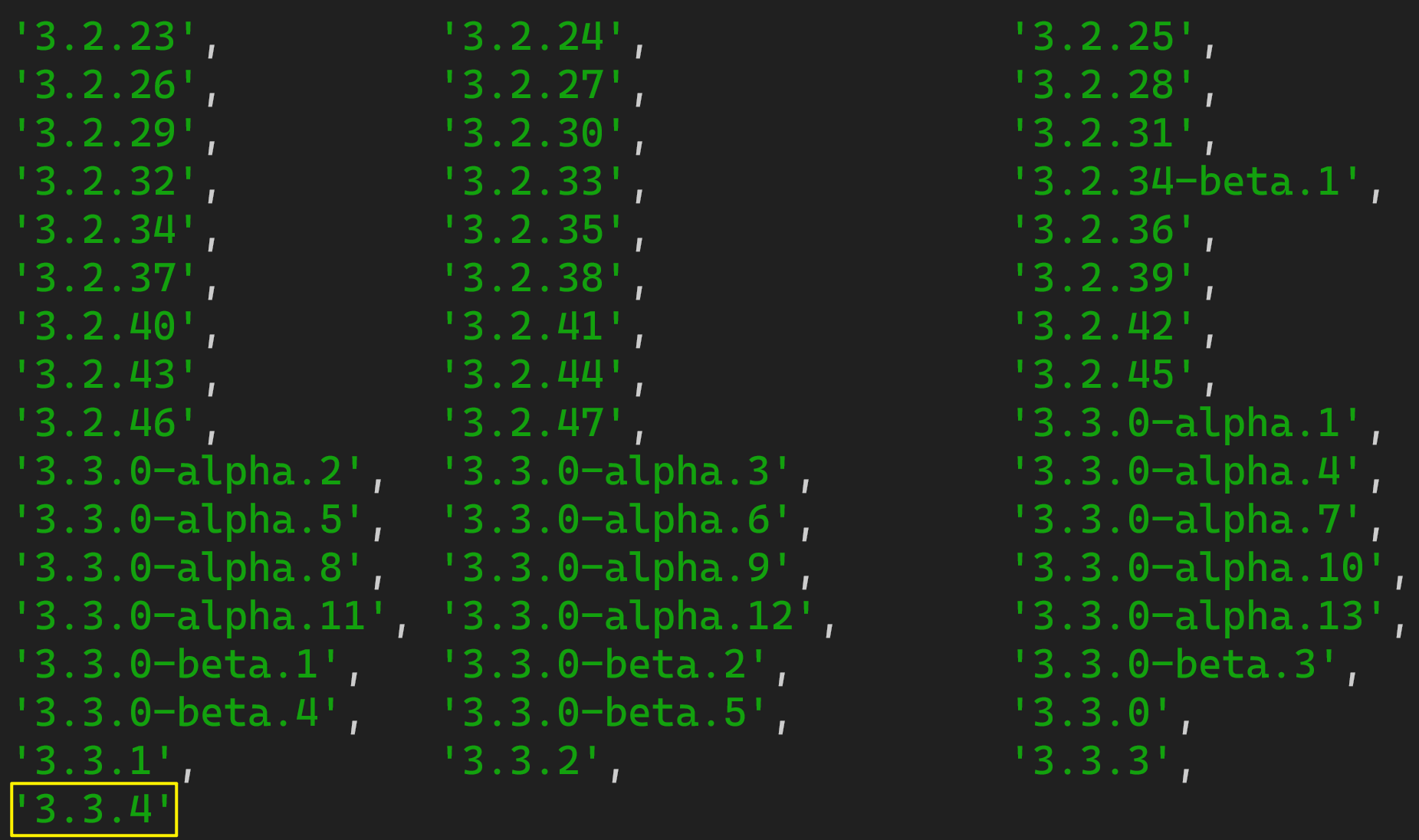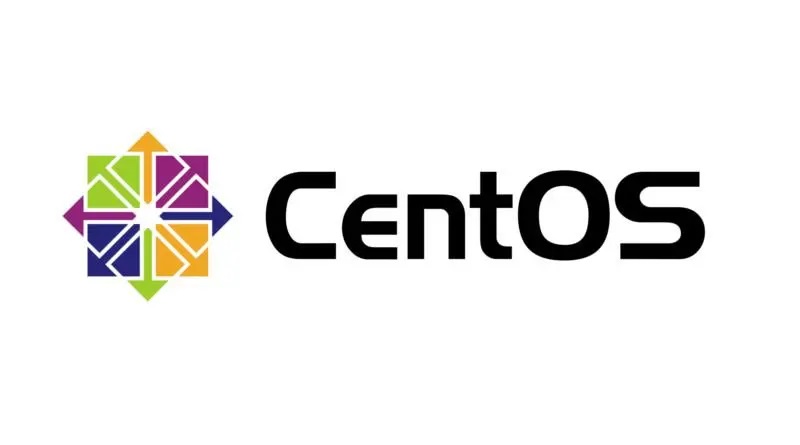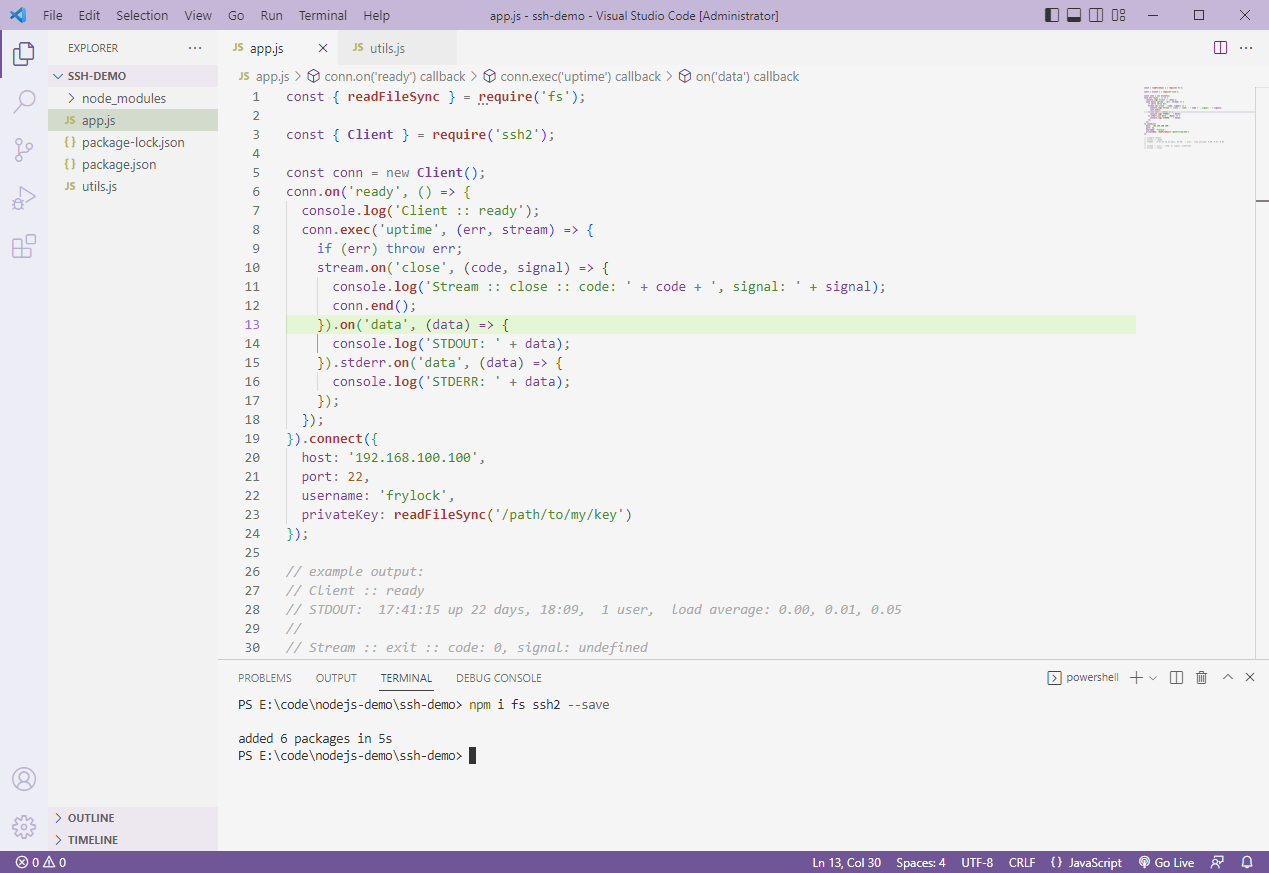回顾
大致掌握了上一节的 插值语法 我已经可以把想要的数据显示到页面上,并且仅需要修改变量,页面就会跟着实时改变
但如果对于已经熟悉前端的人来说,单单有数据还是不太行,还需要css对数据进行样式的修饰,让页面更加好看
所本篇将记录记录 Class 与 Style 绑定 的学习
总所周知,想要给DOM增加元素有两种方式,一种采用class选中,一种是直接内联样式绑定
绑定HTML Class
Vue对于绑定Class提供了两种语法:
请务必准备好以下css样式,并且能在HTML中索引到
<!DOCTYPE html>
<html lang="en">
<head>
<meta charset="UTF-8">
<meta name="viewport" content="width=device-width, initial-scale=1.0">
<script src="https://v2.cn.vuejs.org/js/vue.js"></script>
<title>Document</title>
<style>
body{
height: 100%;
}
div{
width: 500px;
}
.style1{
font-size: larger;
text-align: center;
}
.style2{
color: blueviolet;
height: 500px;
}
.style3{
background-color: pink;
line-height: 500px;
}
</style>
</head>
<body>
<div class="">Hello world</div>
</body>
<script>
</script>
</html>
如果按照正常写法,也可以直接这么做
<!DOCTYPE html>
<html lang="en">
<head>
<meta charset="UTF-8">
<meta name="viewport" content="width=device-width, initial-scale=1.0">
<script src="https://v2.cn.vuejs.org/js/vue.js"></script>
<title>Document</title>
<style>
body{
height: 100%;
}
div{
width: 500px;
}
.style1{
font-size: larger;
text-align: center;
}
.style2{
color: blueviolet;
height: 500px;
line-height: 500px;
}
.style3{
background-color: pink;
}
</style>
</head>
<body>
<div id="root" :class="className">Hello world</div>
</body>
<script>
new Vue({
el:"#root",
data:{
className:"style1"
}
})
</script>
</html>
那么接下来,正文开始.....
对象语法
在对象语法中,可以在data里面,配置一个key为style名称,值为Boolean的对象,当使用v-bind绑定class时。
class可以是上面说的创建的对象,如果那个key的value为true,那么该样式就是启用的,反之不启用
代码如下:
<!DOCTYPE html>
<html lang="en">
<head>
<meta charset="UTF-8">
<meta name="viewport" content="width=device-width, initial-scale=1.0">
<script src="https://v2.cn.vuejs.org/js/vue.js"></script>
<title>Document</title>
<style>
body{
height: 100%;
}
div{
width: 500px;
}
.style1{
font-size: larger;
text-align: center;
}
.style2{
color: blueviolet;
height: 500px;
line-height: 500px;
}
.style3{
background-color: pink;
}
</style>
</head>
<body>
<div id="root" :class="classObj">Hello world</div>
</body>
<script>
new Vue({
el:"#root",
data:{
classObj:{ //该对象的key可以为class的样式名称
style1:true, //开启字体水平居中 字体放大
style2:false, //关闭字体颜色 div高度 垂直居中
style3:true, //开启背景颜色
}
}
})
</script>
</html>
数组语法
绑定样式还有另外一种语法,也就是 数组语法
当绑定的class是一个数组时,Vue会默认这个 数组全是样式的名称,这些样式是可以叠加的
<!DOCTYPE html>
<html lang="en">
<head>
<meta charset="UTF-8">
<meta name="viewport" content="width=device-width, initial-scale=1.0">
<script src="https://v2.cn.vuejs.org/js/vue.js"></script>
<title>Document</title>
<style>
body{
height: 100%;
}
div{
width: 500px;
}
.style1{
font-size: larger;
text-align: center;
}
.style2{
color: blueviolet;
height: 500px;
line-height: 500px;
}
.style3{
background-color: pink;
}
</style>
</head>
<body>
<div id="root" :class="classList">Hello world</div>
</body>
<script>
new Vue({
el:"#root",
data:{
className:"style1",
classList:["style1","style2","style3"] //把需要的样式装入数组
}
})
</script>
</html>
小技巧
对于默认固定的样式,可以直接使用class,对于动态变动的样式,可以另外起一个”v-bind:class“
Vue在解析的时候会把它们叠加在一起
<!DOCTYPE html>
<html lang="en">
<head>
<meta charset="UTF-8">
<meta name="viewport" content="width=device-width, initial-scale=1.0">
<script src="https://v2.cn.vuejs.org/js/vue.js"></script>
<title>Document</title>
<style>
body{
height: 100%;
}
div{
width: 500px;
}
.style1{
font-size: larger;
text-align: center;
}
.style2{
color: blueviolet;
height: 500px;
line-height: 500px;
}
.style3{
background-color: pink;
}
</style>
</head>
<body>
<!-- 默认样式style1写死不变 -->
<div id="root" class="style1" :class="classList">Hello world</div>
</body>
<script>
new Vue({
el:"#root",
data:{
className:"style1",
classList:["style2","style3"] //把需要的样式装入数组
}
})
</script>
</html>
绑定内联样式
Vue对于内联样式也有两种绑定方式
对象语法
Vue允许将css对象直接配置成键值对,例如:
.style1{
background-color:red;
}
可以直接配置成js对象的
{
backgroundColor:'red',
}
注:其中要去掉”-“,然后采用驼峰命名方式,当然你也可以使用字符串的对象形式,例如:{'background-color':'red'}
具体代码如下:
<!DOCTYPE html>
<html lang="en">
<head>
<meta charset="UTF-8">
<meta name="viewport" content="width=device-width, initial-scale=1.0">
<script src="./vue.js"></script>
<title>Document</title>
<style>
body{
height: 100%;
}
div{
width: 500px;
}
</style>
</head>
<body>
<div id="root" :style="styleObj">Hello world</div>
</body>
<script>
new Vue({
el:"#root",
data:{
styleObj:{
fontSize: 'larger',
textAlign: 'center',
color: 'blueviolet',
height: '500px',
lineHeight: '500px',
'background-color': 'pink' //采用字符串,原模原样写也可以
}
}
})
</script>
</html>
数组语法
这个数组的语法和对象语法类型,都是把写好的样式塞进数组,Vue会自动解析,因为用的不多,再次就不再详细解释
去官网详细看看吧~
End
本节完~~~~~~

























